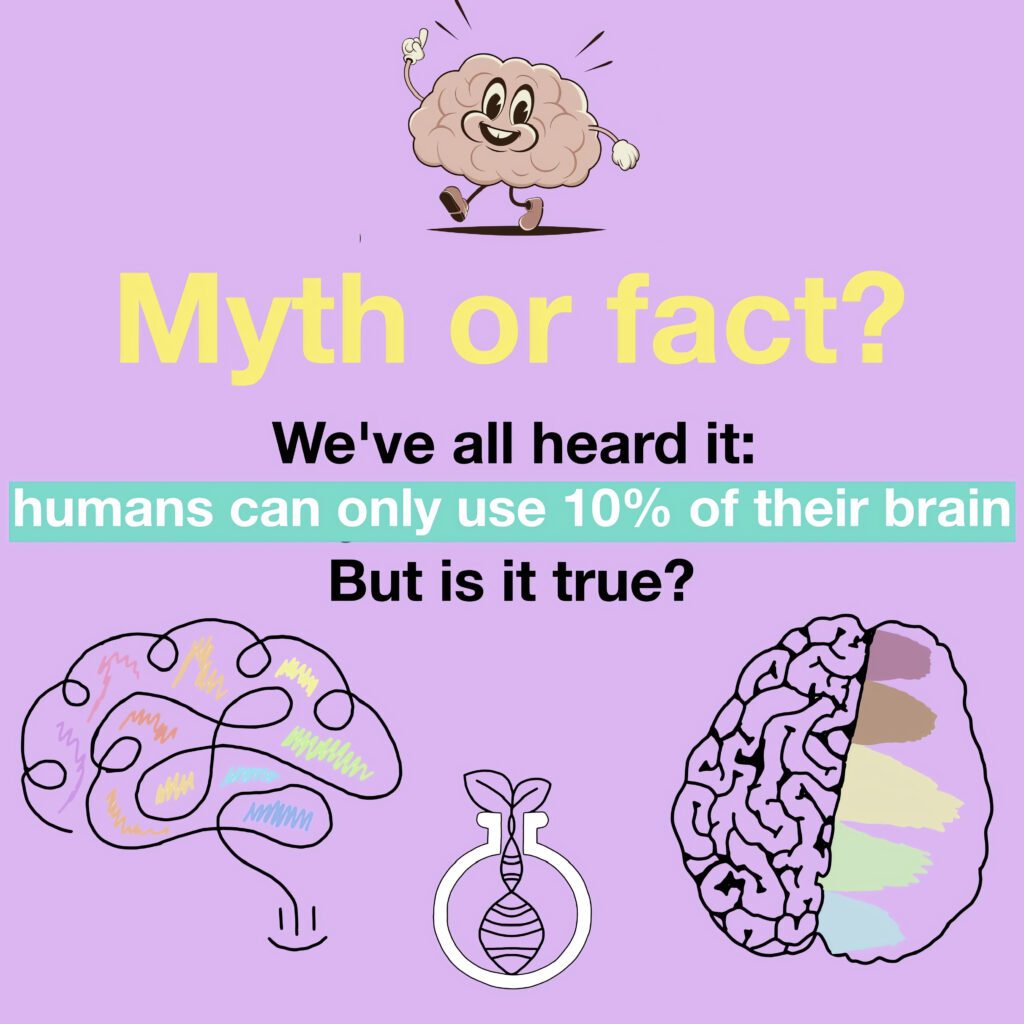Nothing is as scary as the concept of venom – a secretion intended for immobilizing, injuring, and sometimes even causing the death of a prey. Yet, lurking within these toxic cocktails lies an extraordinary paradox, here’s the kicker: There is a lot more to venom than simply killing; venom can also cure. This dual characteristic of venom has impressed scientists for many years, and at the present time, the sphere of venom as a therapeutic instrument has appeared to be a promising one. In some of them nature has provided death in the form of venom which researchers are converting into lifesaving drugs.

The Science Behind the Sting
Venom is a chemical weapon on an organism’s disposal. Synthesized by animals like snakes, spiders, scorpions, and marine creatures, including cone snails, venom is a cocktail of proteins, enzymes, and peptides that are products of evolution and are primarily used to paralyze prey or protect the venomer from predators. Every structural component is an individual targeting a specific biological key – impulse, blood supply or cellular signals. It is this very fact of specialization that makes venom an area of incredible pharmaceutical interest. Essentially, all diseases including cancer, chronic pain, autoimmune diseases, inflammation, epilepsy, cognitive disorders, and numerous others rely on processes that could be modulated by venom derived peptides. Imagine if the very same key that leaves the victim on the ground immobile, could also be the same for the cure?

Life-Saving Innovations
For instance, consider snake venom. The Brazilian pit viper secretes venom that has the capacity to reduce blood pressure sharply and dramatically. Fatal in the wild this toxin led to the creation of captopril one of the first ACE inhibitors to treat high blood pressure. Turns out this lizard is more than just a desert drama queen! Likewise, Gila monster, an element containing venom is responsible for developing a drug known as exenatide, a drug for combating type 2 diabetes by copying hormone that control blood sugar levels. Cone snail venom is another significant example in this connections it should be noted that the entire process of the evolution of cone snails and their venom has been described in detail. These slow-moving marine predators use venom in order to paralyse fish in a couple of milliseconds and contain a pain-killing agent that is more effective than morphine and is in no way addictive. Ziconotide, the resultant of this research is used to treat severe chronic pain. Isn’t it fascianting?

Venom in Cancer Therapy
Despite all the fascinating discoveries the most exciting discovery would be venom as the cure for cancer. Some of these venom derived peptides have been shown to be specific on cancer cells without affecting normal cells. For example, researchers are trying to determine how several components in bee venom can be used to injure only undesirable cells like breasts cancer cells by penetrating through their membrane. At the same time, the scorpion venom is being used to create fluorescent “tumor paint”, which sticks to tumors and glows under the surgeon’s scalpel, allowing a maximum number of cancer cells to be removed. These tiny terrors are giving hope to patients and lighting up operating rooms—literally.
So, the next time a bee or a scorpion stings you, is it helping you fight cancer or just being rude? It’s a topic we should discuss more detailed.

Challenges on the Horizon
However, it is also significant to understand that despite venom based medicine is full of opportunities, it has also some challenges. The process of collection of venom is time consuming and, dangerous requiring handling of dangerous creatures most of the time. Given their complexity, synthesizing venom compounds in the lab is an ongoing challenge. What is more, there is a necessity for tests aimed at the scientific confirmation of the efficiency of the preparation derived from venom, as well as its harmlessness for human consumption.
All things are poison, and nothing is without poison; only the dose makes a thing not a poison. – Paracelcus
A World of Possibilities
Venom is nature’s paradox: it is deadly as well as revitalizing, horrifying yet healing. Thus, most of these researchers will tap into these deadly toxins, to unearthing a store of cures that can reshape medicine as we know it. From killing cancer cells to easing pain, venom is going beyond being a weapon — it is becoming a promise. We again and again open new questions about venom; the question is no more about what can venom offer to the medical practice but how many lives this venom can help to save. Where there was death, life has overcome; and what could better remind us that the powers of nature that kill can also save? While science progresses to the deeper realms, it disc overs new treatment modalities right from the fangs of the deadliest creatures in nature. Let’s get it clear, does this mean snake need an image change? Like, ‘Snakes: Nature’s misunderstood doctors’?


My name is Meliha Çay, and I am currently a 3rd-year Bioengineering student at Marmara University. Writing has always been a passion of mine, and now I have the incredible opportunity to combine it with my academic field as the Content Manager for Biologyto. My mission is to make science accessible, fun, and engaging for everyone. At Biologyto, we aim to inspire a love for science through articles that are not only informative but also full of excitement and creativity. I hope to spark curiosity in others and help them explore the amazing world of bioengineering and beyond.





